Simplify contract execution, manage freight and title transfers with ease and stay ahead.
AgriChain gives traders a complete trading desk in one powerful tool. From pricing and contracting to execution and settlement, you can manage every stage of the trade lifecycle—faster, smarter, and with fewer errors. Gain clarity across stock, cashflows, and compliance in real time.
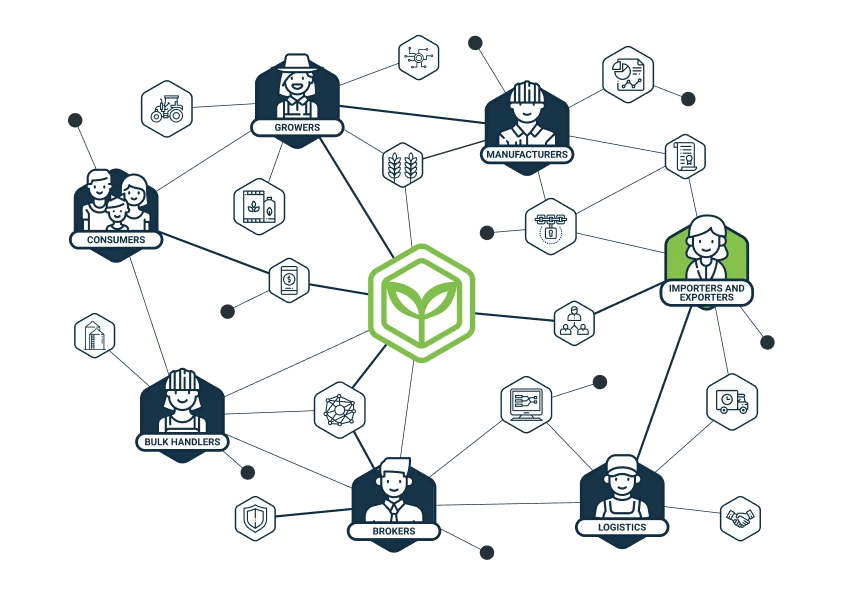



















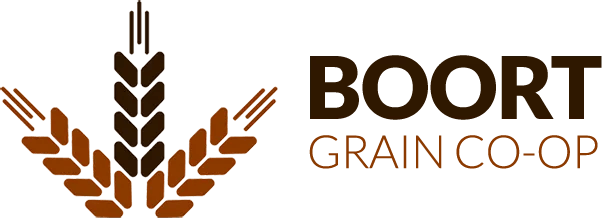



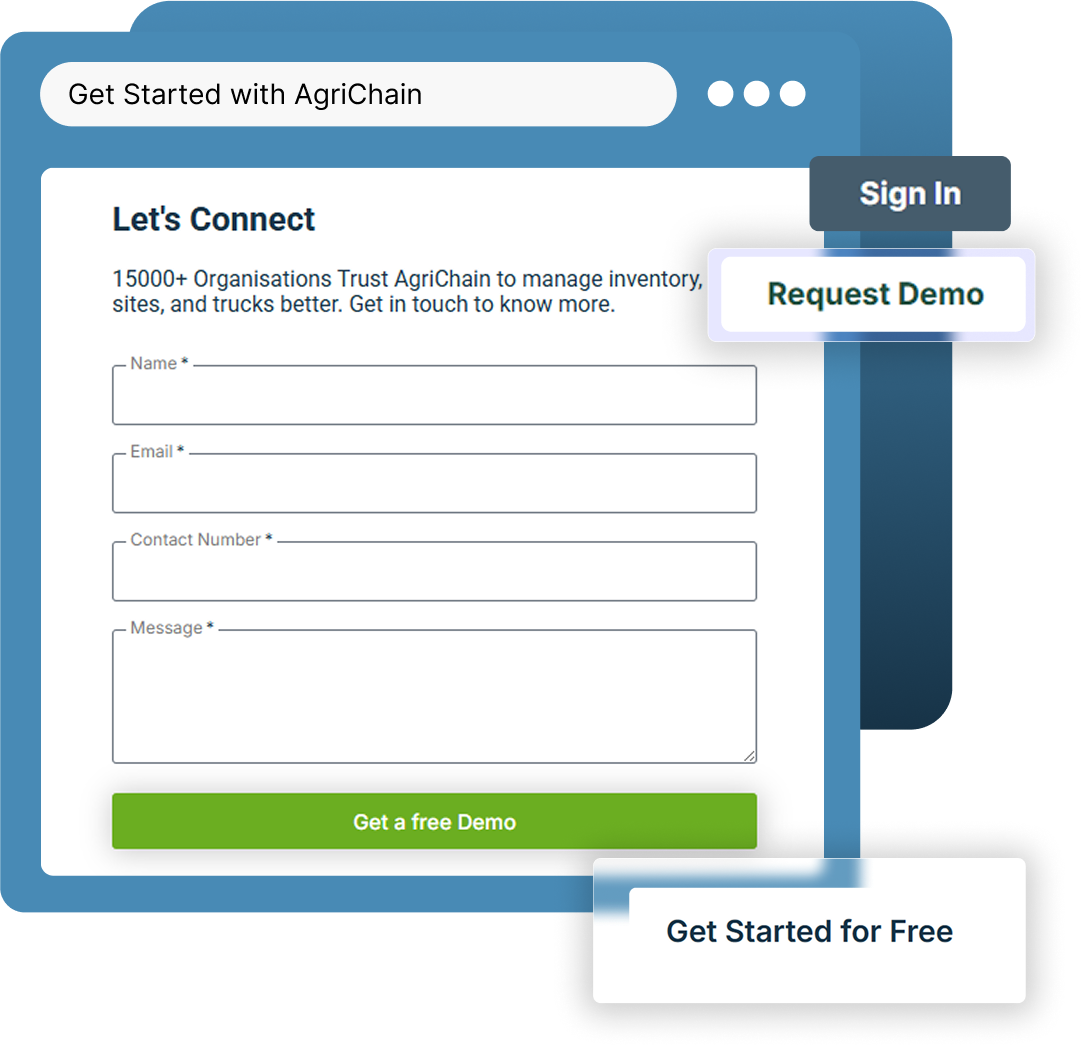



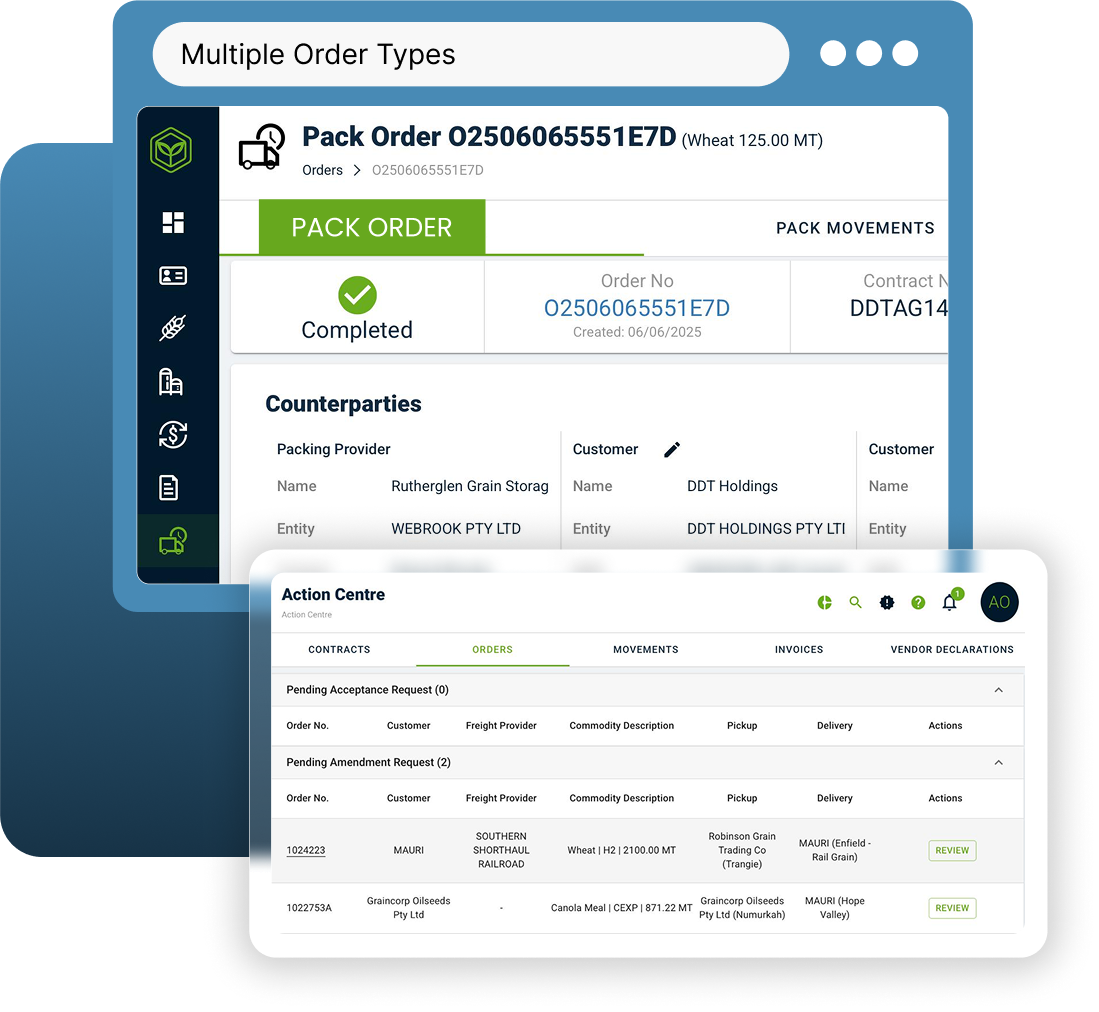
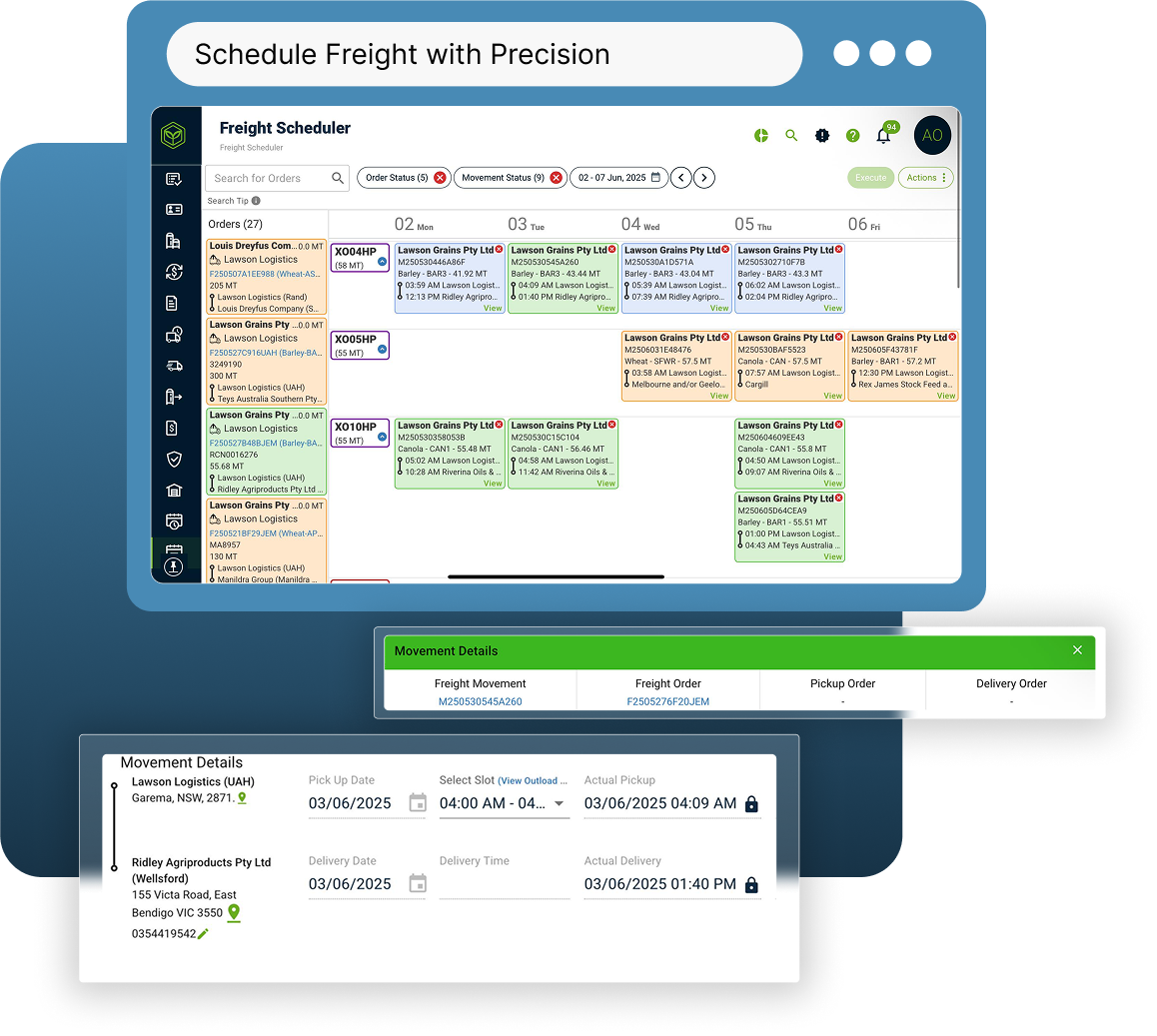
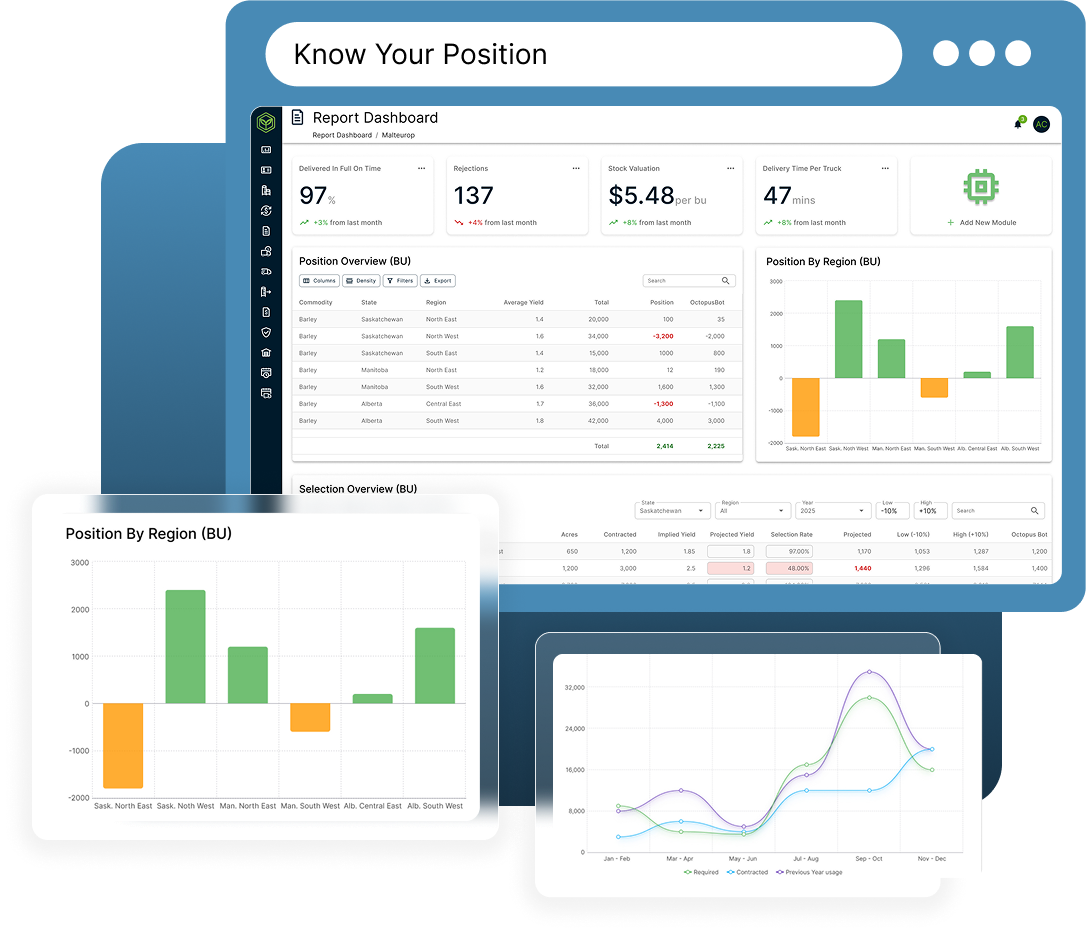
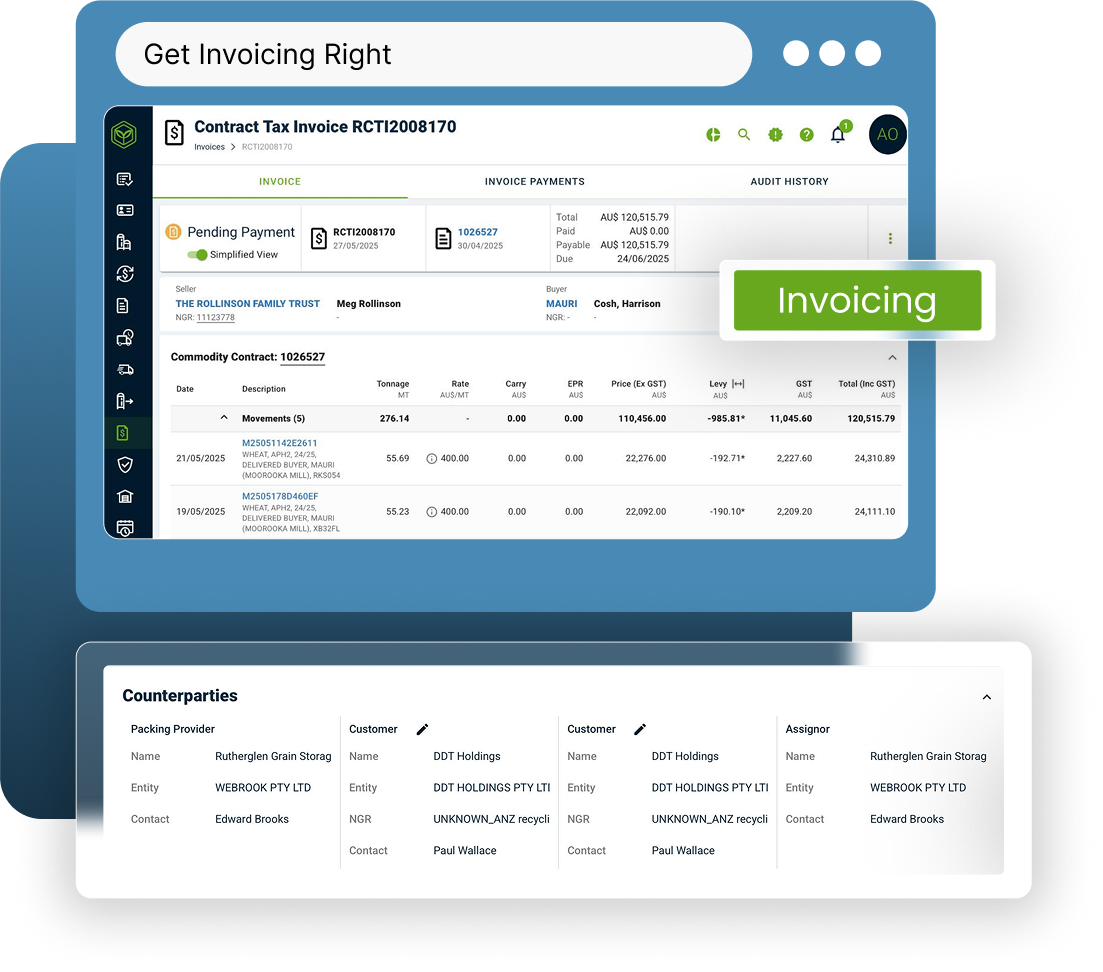



You’re not just getting software—you’re getting a team that understands agri supply chains. Need help with onboarding, freight, or troubleshooting? We’re just a call or email away, ready to jump in when you need us.
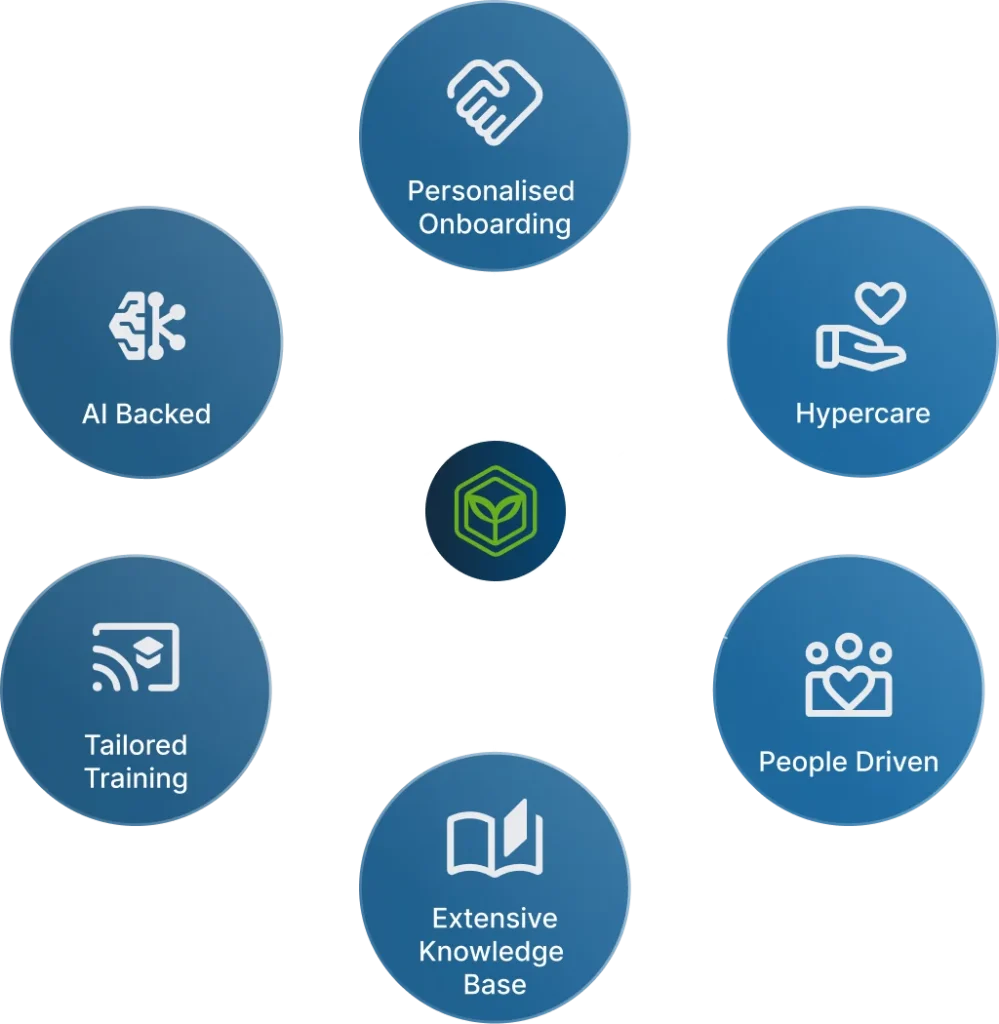
AgriChain allows us to proactively manage our procurement, giving us full oversight across all current and future deliveries as well as removing all pre and post delivery paperwork and forms.

AgriChain is the smartest stock and execution platform we have ever seen

AgriChain allows us to manage our storage and logistics business with minimal fuss and minimal input from our team. It connects us to all our customers and reduces our admin work immensely

We have tried them all, AgriChain is easily the best platform for our business. Drivers love it and scheduling jobs is no longer a hassle for our team.

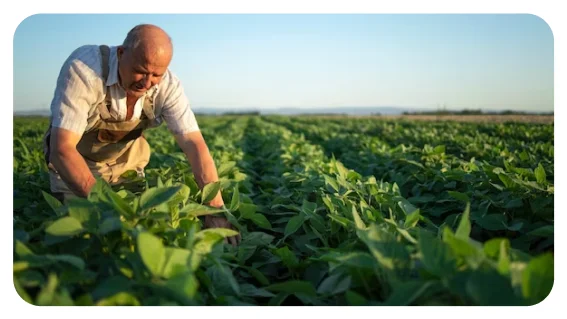
Get to know us a little more and see why we are your best choice for supply chain management.

Navigation
“AgriChain allows us to proactively manage our procurement, giving us full oversight across all current and future deliveries as well as removing all pre and post delivery paperwork and forms.”

Allied Pinnacle




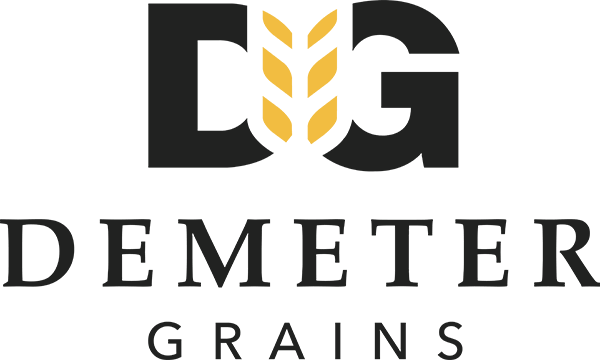

15000+ Organisations Trust AgriChain to manage inventory, sites, and trucks better. Get in touch to know more.